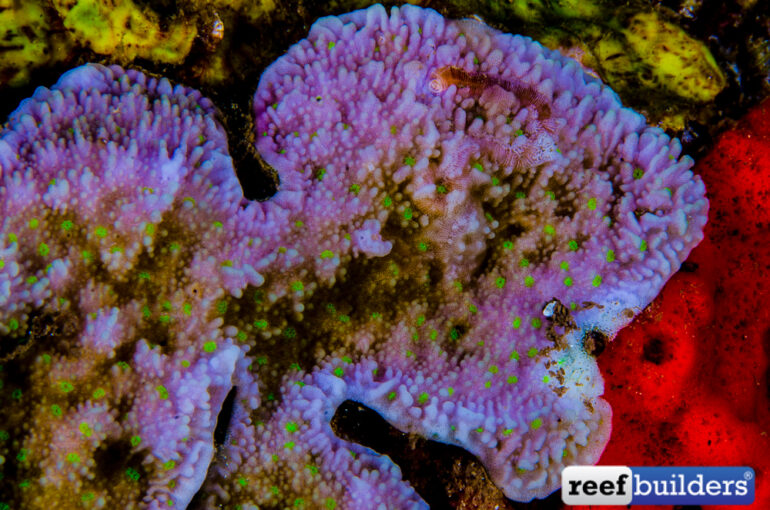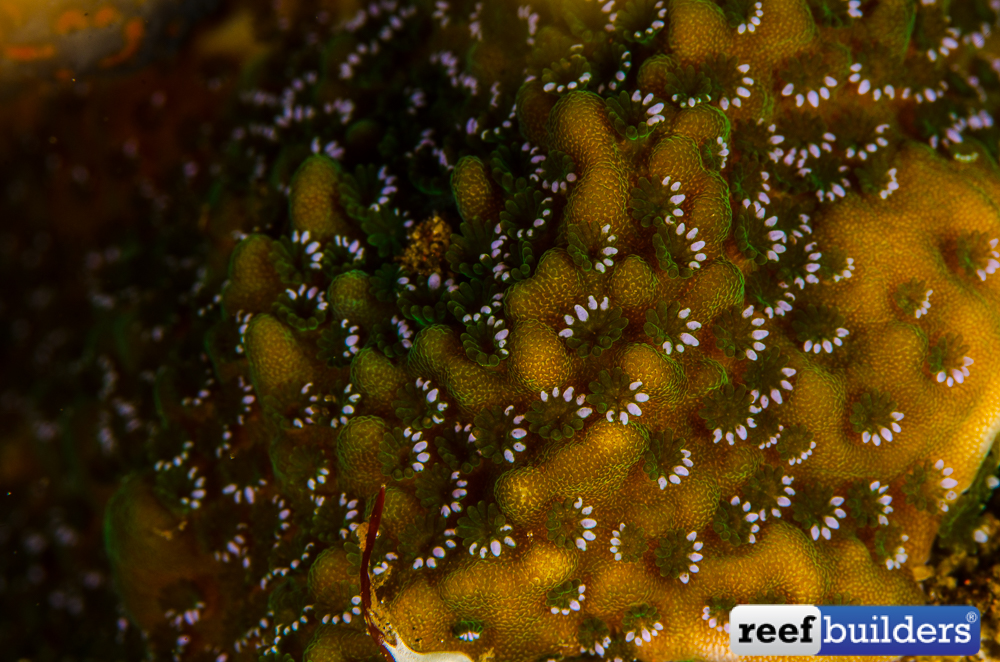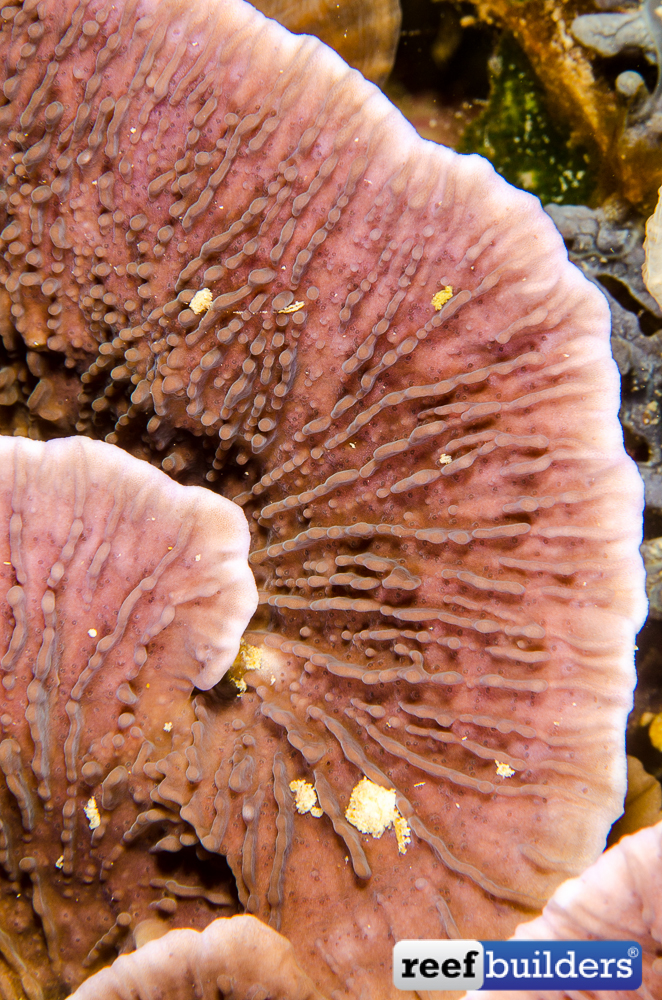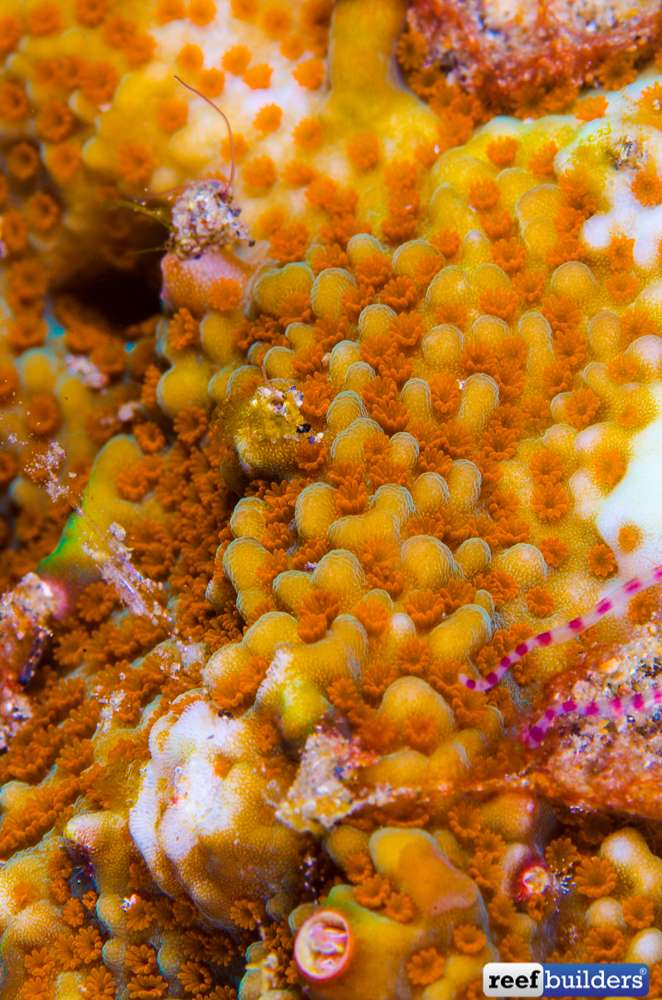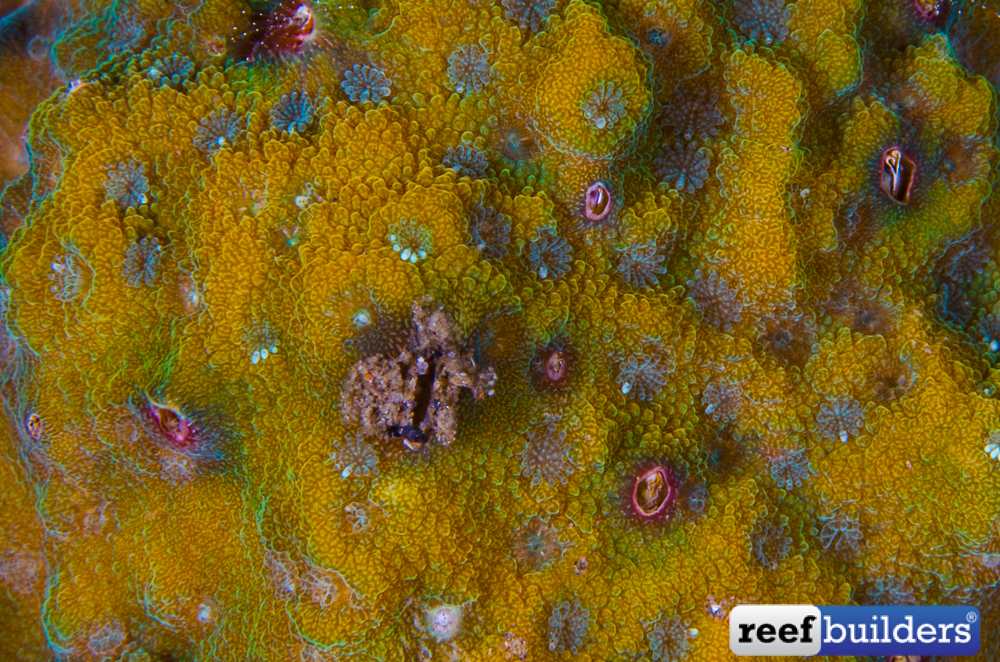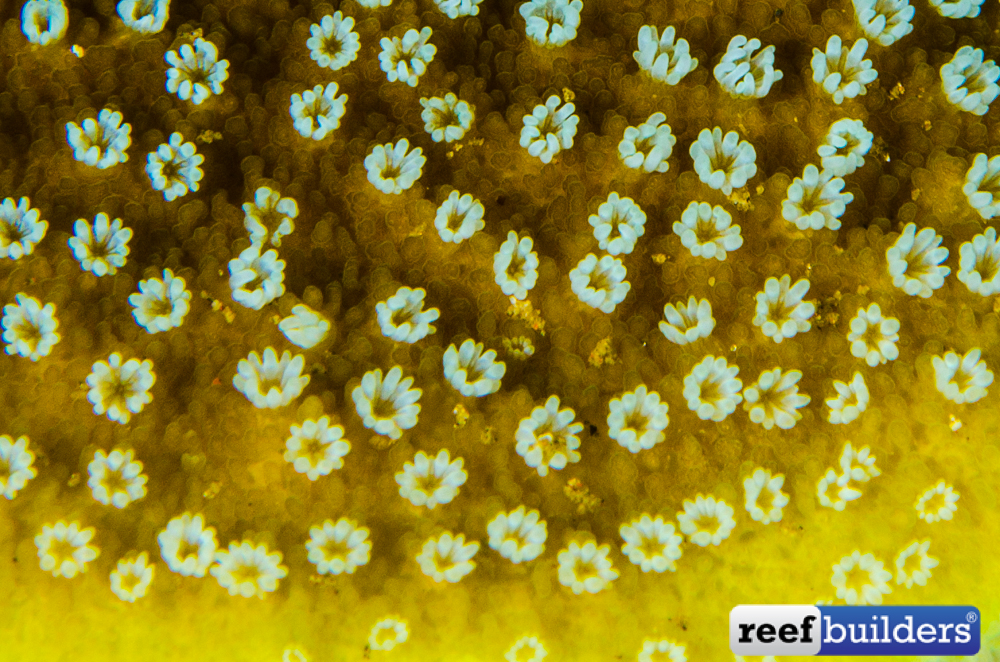If there is a group of coral, where we find ourselves struggling to properly identify to the species level, that’s Montipora!
Montipora are probably the most popular coral right after Acropora, it’s a fast growing, very colorful group of SPS coral. We thought that it deserves a little bit more understanding and proper identification. So we tried to simplify its description, and keep it to the important facts.

As Veron puts it, in its bible book ‘Corals of the World’, ‘The often highlighted taxonomic difficulties of Montipora stem from the large number of species and the presence of several groups of similar species. Otherwise the genus does not deserve its taxonomic reputation; it has a wide range of useful, it not always conservative, skeletal characters.’ Well to the common coral taxonomist, it might look easy, but for the common reefer, that is not equipped with a microscope it’s a little bit more complicated.

That’s why we decided to produce a serie on Montipora, and the 12 groups that Veron uses to classify them.
First of all, what Veron means, is that there are skeleton surface characters that make species identification some kind of easy, so even though we don’t have a microscope, a dead piece of coral… often a good macro shot allows to spot these characters.
What are these Montipora characters?
Tuberculae:
This surface growth elaborations are bigger than a corallite. Sometime these structure are fused into ridges. The very large dome-shaped ‘tuberculae’ are called ‘verrucae’.
Papillae
These growth character are smaller than a corallite. And often surround the corallite, and in this case, they are called thecale.
Corallite are either immersed into the surface coenosteum or situated at the base of a funnel like depression.
Then after there are 6 different classic growth form:
Plate-like or laminar, columnar, sub-massive, massive or encrusting, branching and encrusting.
Once you get the growth form, you just need to look at papillae, and tuberculae, then you know what group they are. Just need to compare among the few species of the group.
Only one Genus of Coral, can be confused with Montipora, it’s Porites. But Porites has a much denser skeleton, with columellae, so the polyp center are filled with material while it’s hollow in Montipora. Surface is also smoother in Porites, with larger, packed polyps.
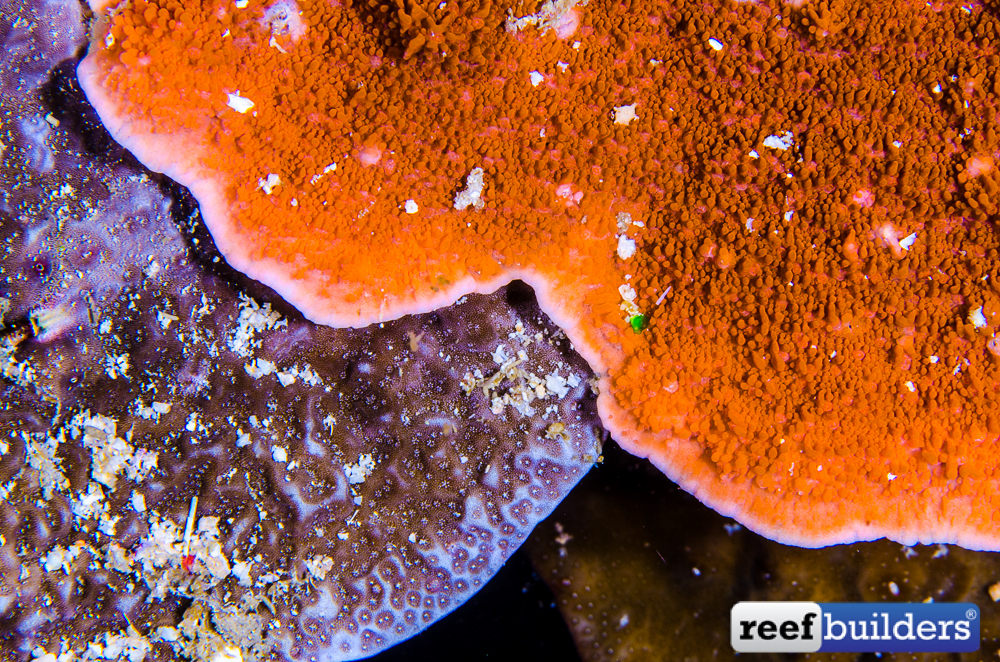
After this short introduction, we will view the 12 different groups in a set of 6 posts. Hopefully this will series will both ease identification and reduce confusion as well as increase appreciation in this amazing group of SPS corals.


